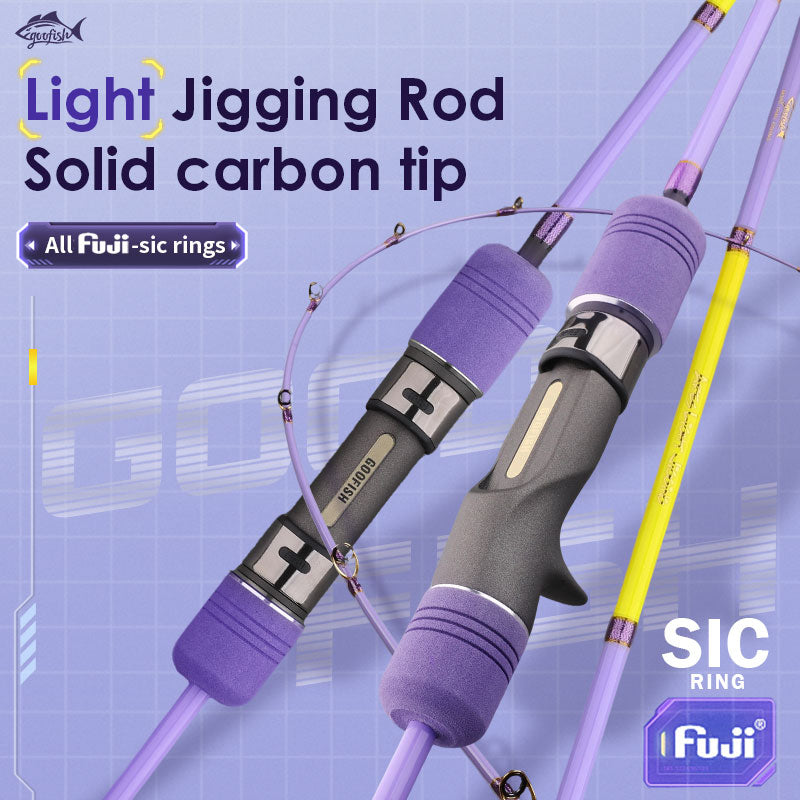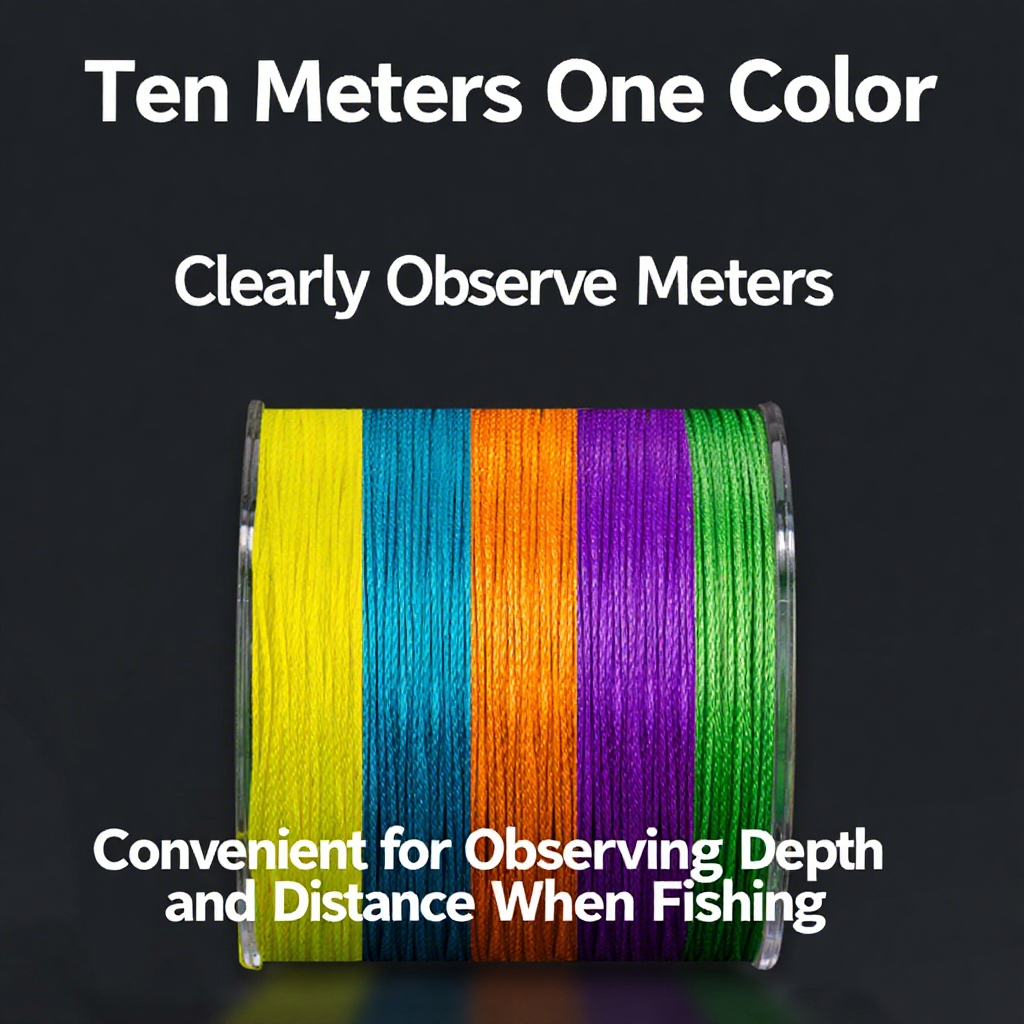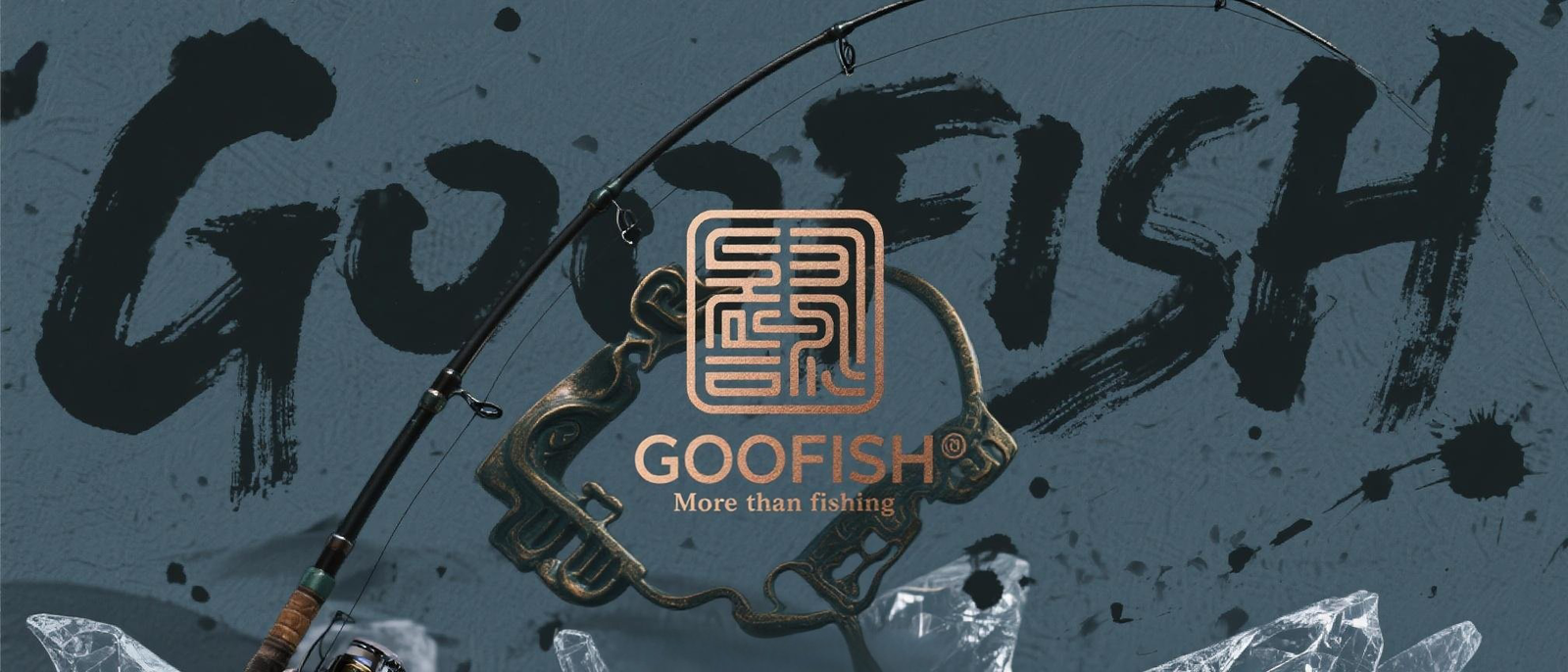Slow pitch jigging has gained popularity among anglers for its effectiveness in catching a variety of fish species. If you're new to this slow jigging technique or looking to improve your skills, here are 5 crucial facts to know about slow pitch jigging.
1. Understanding the Technique
Slow pitch jigging is a fishing technique that involves using specialized jigs to target fish at different depths. Anglers make slow, rhythmic movements with the rod to entice fish to strike. This method requires patience and precision to be successful.
2. Selecting the Right Fishing Gear
Choosing the right fishing gear is essential for successful slow pitch jigging. This includes selecting the appropriate rod, reel, line, and jigs for the target fishing species and fishing conditions. The right equipment can make a significant difference in your success rate.
3. Mastering the Jigging Motion
The key to successful slow pitch jigging lies in mastering the jigging motion. Anglers must learn to control the speed, rhythm, and depth of their jigging movements to attract fish effectively. Practice and experimentation are crucial for honing this skill.
4. Adapting to Changing Conditions
Successful slow pitch jigging requires anglers to adapt to changing fishing conditions. This includes adjusting the jigging speed, depth, and technique based on factors such as water temperature, current, and fish behavior. Flexibility is key to maximizing your catch rate.
5. Patience and Persistence Pay Off
Slow pitch jigging is not a technique that yields instant results. Anglers must be patient and persistent, willing to put in the time and effort to master the technique and achieve success. With dedication and practice, slow pitch jigging can be a rewarding and effective fishing method.











Leave a comment